Eberhard Wolff
There is no such thing as future-proof architecture! Here is how to prepare for it.
#1about 2 minutes
The myth of future-proof software architecture
The common belief that architecture should be future-proof is a flawed conclusion drawn from the fact that architectural decisions are hard to change.
#2about 3 minutes
A case study of a failed migration project
A real-world project failed because the team discovered their initial migration plan was flawed only after the project began, highlighting the danger of rigid upfront plans.
#3about 3 minutes
Why architecture must evolve iteratively
Architecture must be iterative because domain models evolve, requirements change, and developers continuously learn and improve their skills.
#4about 3 minutes
Starting projects with domain prototyping
Instead of over-planning, start with domain prototyping to focus on business logic first and defer technology decisions to the last responsible moment.
#5about 6 minutes
Moving beyond YAGNI with a goal-oriented approach
While YAGNI was a useful counter to big upfront design, a better approach is to navigate immediate requirements while always keeping the long-term project goal in view.
#6about 5 minutes
The danger of a future-proof mindset
Aiming for a future-proof architecture creates a reluctance to make necessary changes, leading to a messy system as new features are forced into an outdated structure.
#7about 4 minutes
Letting the business domain drive the design
Effective architecture is not about abstract technical diagrams but about creating a structure that clearly reflects the business domain and its processes.
#8about 3 minutes
A pragmatic view on technology choices
Preparing for technology changes by creating technology-independent code is often unnecessary, as major technology shifts usually coincide with required changes to the business logic.
#9about 2 minutes
Conclusion: Embrace change and focus on the domain
The key to long-term project success is not a future-proof plan but an adaptable architecture that is driven by the domain and accepts the limited lifespan of technologies.
Related jobs
Jobs that call for the skills explored in this talk.
Matching moments

08:43 MIN
Avoiding tech debt with careful architectural decisions
10 commandments for vibe coding

23:08 MIN
Prioritizing business requirements over technical trends
Autonomous microservices with event-driven architecture
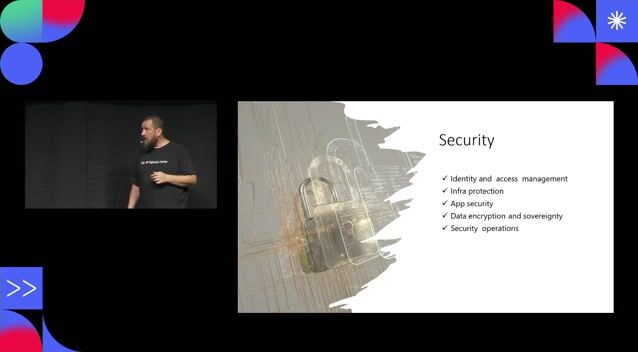
22:51 MIN
Q&A on architecture careers and cloud best practices
Building Well-Architected applications
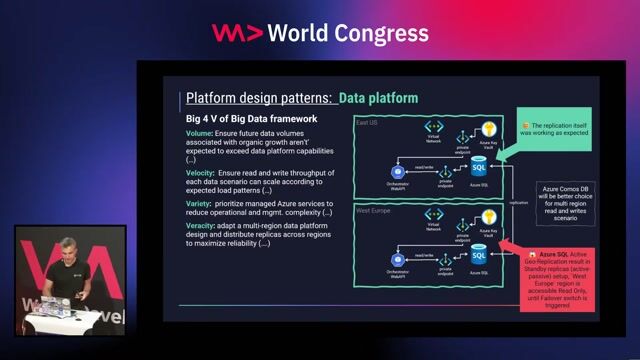
24:47 MIN
Understanding critical architectural trade-offs and anti-patterns
Azure-Well Architected Framework - designing mission critical workloads in practice
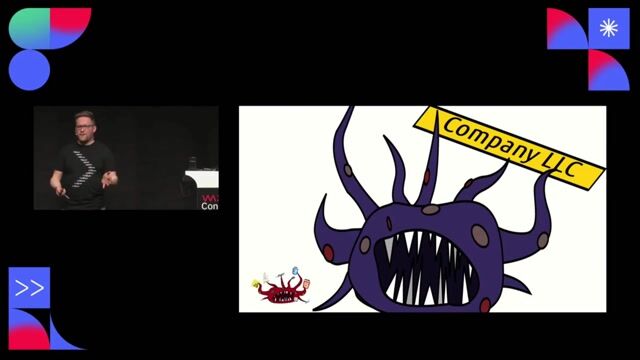
04:02 MIN
How good intentions lead to broken legacy projects
Defeat that legacy monster! Guerilla refactoring with web standards
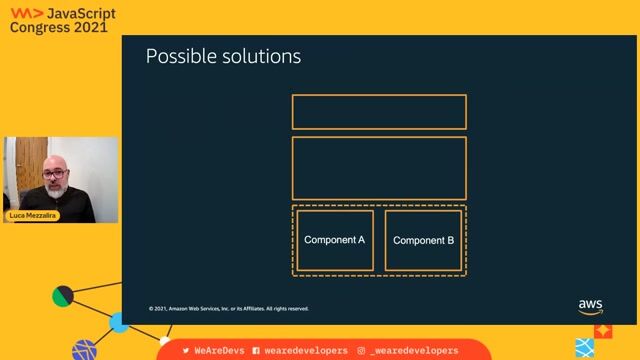
32:50 MIN
Recognizing that architectural decisions are context-dependent trade-offs
Micro-frontends anti-patterns
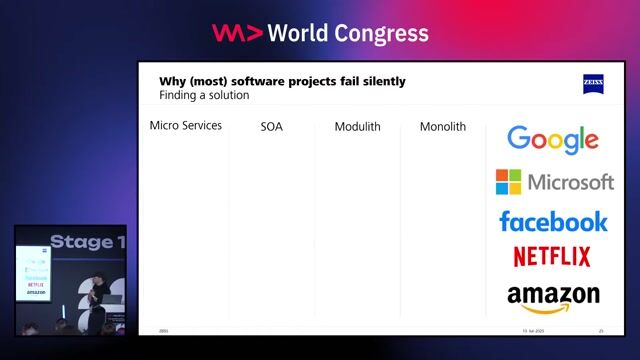
23:43 MIN
Aligning architecture with non-functional requirements
Why (most) software projects fail silently...
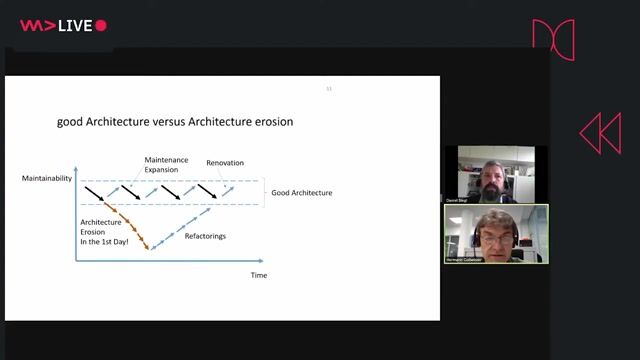
08:37 MIN
Addressing the challenge of growing software complexity
Model Based Systems Engineering in an Agile Product Development Process
Featured Partners
Related Videos
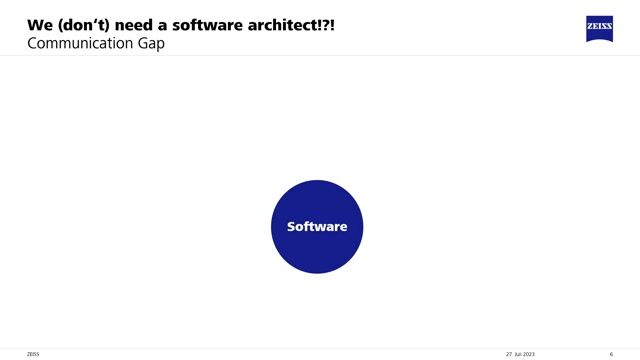 24:52
24:52We (don't) need a software architect!?!
Hendrik Lösch
 26:22
26:22Modern software architectures
David Tielke
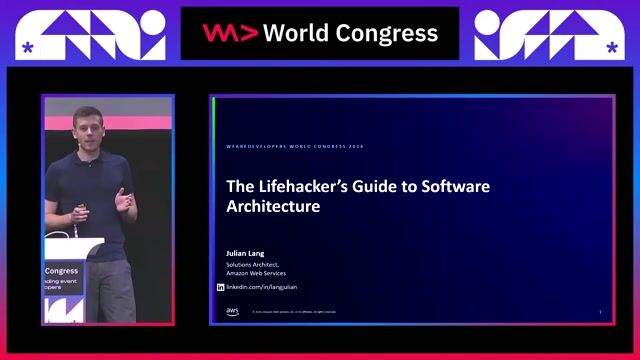 25:40
25:40The Lifehacker's Guide to Software Architecture
Julian Lang
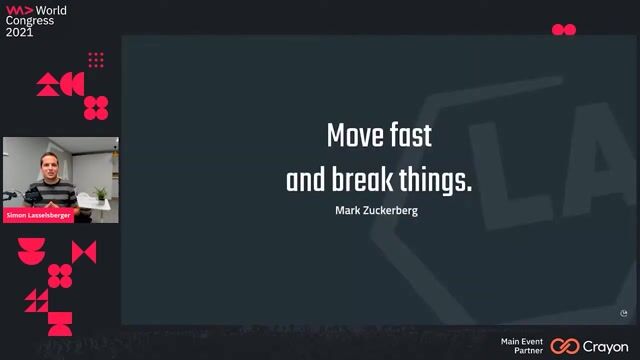 42:02
42:02Move fast with Software Architecture
Simon Lasselsberger
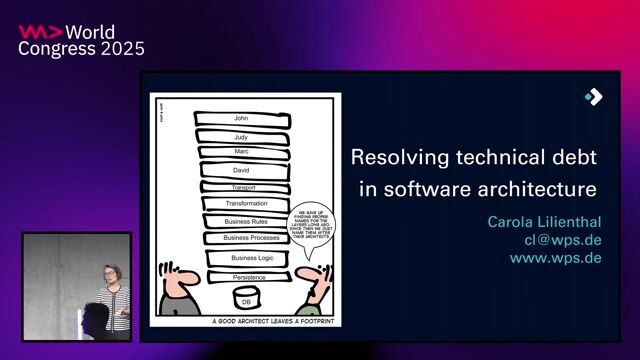 24:38
24:38Resolving technical debts in software architecture
Carola Lilienthal
 43:13
43:13It’s all about the domain, honey ! Experiences from 15 years of Domain-Driven Design
Carola Lilienthal
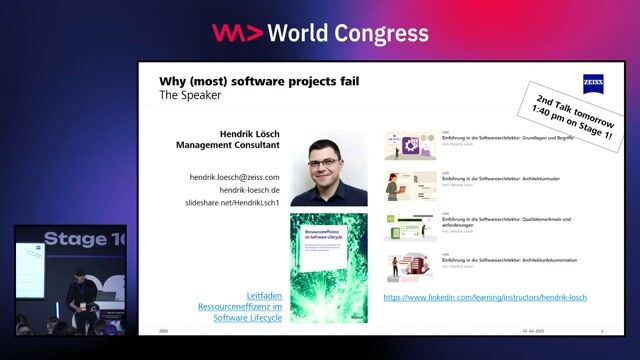 28:17
28:17Why (most) software projects fail silently...
Hendrik Lösch
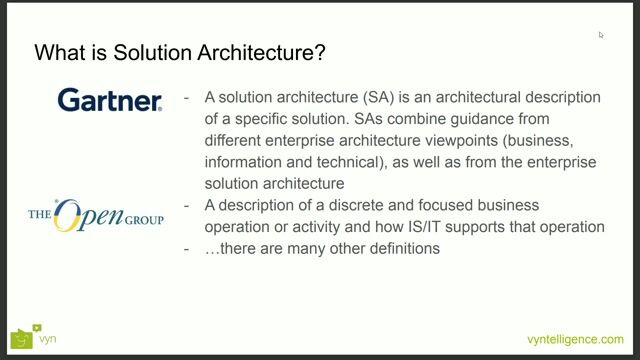 21:14
21:14Solution Architecture: A Startup Perspective
Andrey Semenyuk
From learning to earning
Jobs that call for the skills explored in this talk.

Principal Software Architekt
esentri AG
Azure
Microservices
Domain Driven Design
Software Architecture
Google Cloud Platform
+1




Softwareentwickler - mit Schwerpunkt Softwarearchitektur
Com In GmbH & Co. KG Consulting + Solutions
CSS
HTML
.NET
REST
ASP.NET
+5




SOFTWAREARCHITEKT / TECHNICAL LEAD* SOFTWARE ARCHITECTURE & DIGITAL TRANSFORMATION
NEW YORKER Group-Services International GmbH & Co. KG
Senior
Java
.NET
Angular
TypeScript
Microsoft SQL Server
+1